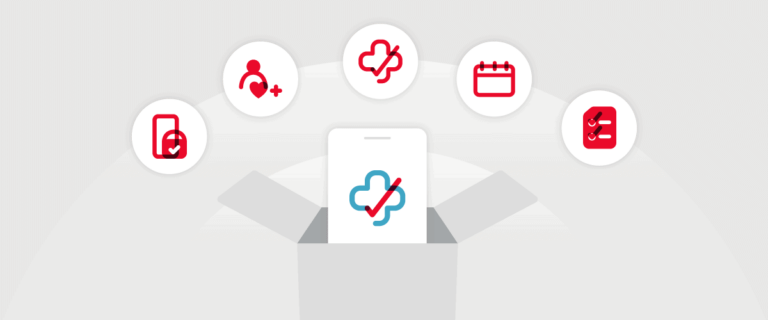What Healthcare Needs to Keep PHI Secure in the Cloud
TigerConnect specializes in serving healthcare providers and ensures telehealth security with our easy-to use patient and clinical telecommunications platform. Request a demo today.
Author
CMIO at TigerConnect – Will O’Connor is an orthopedic surgeon by trade. He brings significant clinical experience and extensive knowledge of the inefficiencies plaguing our healthcare system from outdated technology to outmoded processes. He has helped large health systems, academic medical centers, and community hospitals leverage secure healthcare communication and collaboration to advance their clinical and financial goals.


TigerConnect specializes in serving healthcare providers and ensures telehealth security with our easy-to use patient and clinical telecommunications platform. Request a demo today.

As a year filled with unprecedented shifts in care delivery, 2020 pointed to the obvious: technology and digital health strategies are set to grow as new healthcare IT trends in 2021.

“Every minute a stroke patient goes without blood flow to the brain, patients lose two million neurons,” says Dr. Rao. “This has a significant impact on the brain and directly affects their ability to recover and rehabilitate.”

Care collaboration solutions are not meant to replace the EHR, but to enhance it. A care collaboration solution can bridge EHR gaps by connecting staff, patients, and data on a single solution.

New technological advances have led to new forms of patient communication. Telemedicine has been a driving force in shaping the doctor-patient relationship, leading to higher-quality care.

How do patients view telemedicine and telehealth? Learn more about some of the most common virtual care questions we hear while informing patients about the possibilities of virtual medicine.

Adding a new communication solution can mean concerns around budget, equipment costs, training, and overhead. However, implementing telehealth saves time while reducing costs and stress for patients and providers alike, both in the present and the long run.

Cloud-based software offers benefits that on-premise servers simply cannot: Rapid scalability, shared infrastructure, minimal IT management, API integration, higher uptime, greater flexibility, better security, and lower overall costs.

Ineffective communication practices hold many healthcare organizations back. Administrators may be reluctant to invest in new technology, but they may not realize that continuing to operate with communication inefficiencies can lead to more medical errors, higher costs, and even lower staff morale. When administrators and clinicians work together to improve communication within their organization, they can usher in many benefits for employees and patients alike.

Transfer center inefficiencies can secretly drain not only hospital resources but staff morale and patient satisfaction. A simple, modest investment in a modern, mobile-centric collaboration platform can eradicate much of this burden while significantly increasing the volume of patient transfers, as it did for Temple Health, who went from 700 transfers per shift to 1,000 simply by adopting modern, purpose-built collaboration technology.
End of content
End of content

Since 2010 TigerConnect has been transforming healthcare communications by enabling our customers to automate clinical workflows, speed decisions, and improve patient outcomes. Today our cloud-native Clinical Communication and Collaboration (CC&C) solutions are used by over 7,000 healthcare organizations and 700,000 care team members.